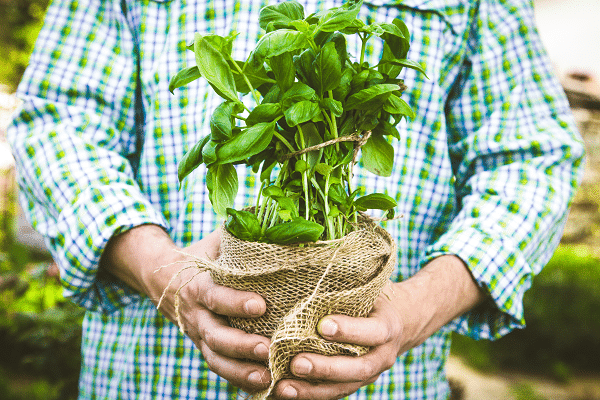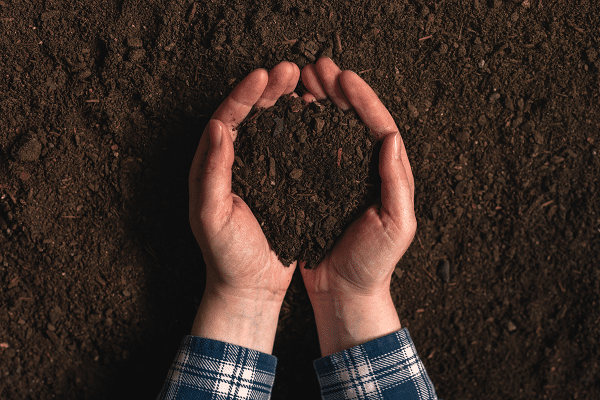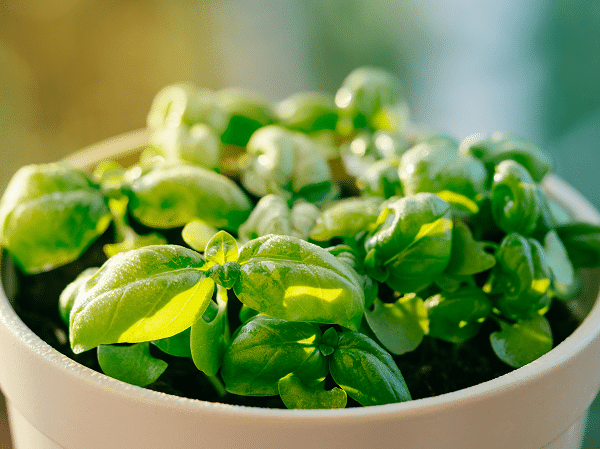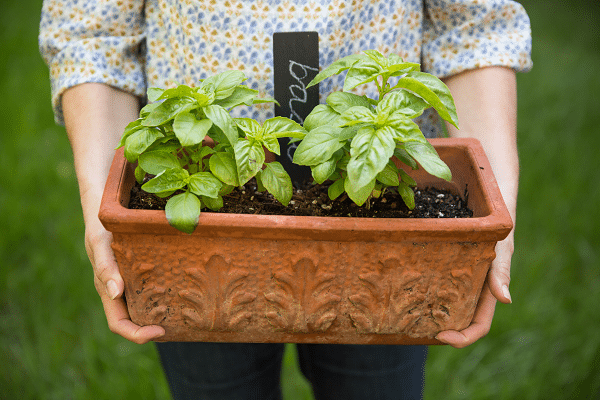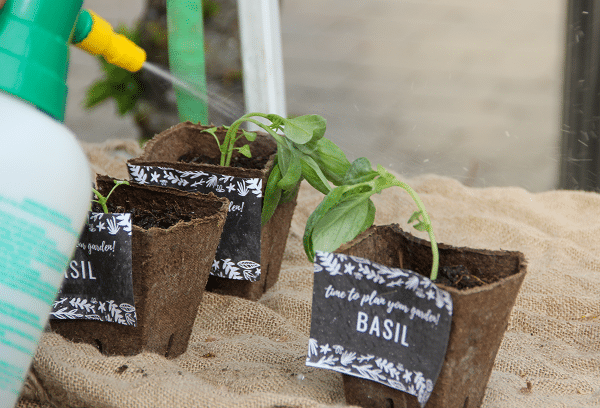Growing your own basil at home can be a rewarding endeavor. Not only does this versatile herb enhance numerous dishes with its distinctive flavor, but it also adds a touch of green to your space. Cultivating basil requires understanding its basic needs regarding warmth, sunlight, watering, soil, and careful handling. This blog post provides useful tips to make your basil growing journey a success, bringing the taste of fresh basil from garden to table. From temperature management to pest control, you’ll find insightful advice to help your basil thrive.
Contents
Keep The Plant Warm
Basil is a heat-loving plant that thrives in temperatures between 70 to 85 degrees Fahrenheit. Lower temperatures can stunt its growth and may even cause the plant to die. To ensure a constant warm environment, consider growing your basil indoors if you live in a colder climate. Keep the plant near a sunny window or provide a heat lamp during colder months. A constant warm temperature is crucial to maintaining a healthy basil plant.
Investing in a simple indoor thermometer can aid in monitoring the temperature around your basil plant. It’s also useful to keep in mind that temperature fluctuations can affect the plant’s health. Therefore, maintaining a steady warm temperature, even during the night, contributes to the plant’s overall well-being.
Choose The Right Soil
Basil plants flourish in well-draining, nutrient-rich soil. Heavy clay or sandy soils can hinder growth, leading to an undernourished and unhealthy plant. It is advisable to use a high-quality potting mix when growing basil in pots. A good potting mix ensures that the soil drains well and prevents the plant’s roots from sitting in water, which can lead to root rot.
Composting can be an excellent method to enrich the soil. Organic compost not only improves the soil structure but also provides essential nutrients that basil requires. Adding compost to the soil at the start of the growing season can give your basil plant a significant boost. A soil rich in organic matter also improves the plant’s resistance to pests and diseases.
Proper Watering Is Crucial
Basil, like most herbs, appreciates a balanced watering schedule, not too dry and not too soggy. Regular watering is essential, but it’s equally crucial to ensure the water drains well, avoiding waterlogged soil which can cause root rot. One rule of thumb for watering basil plants is to water deeply but infrequently. This strategy encourages the roots to grow deeper into the soil, which subsequently makes the plant more drought-resistant.
While the frequency of watering largely depends on the climate and the growth stage of the plant, an ideal way to gauge if the plant needs water is to feel the soil. If the top inch of the soil is dry, it’s time to water the plant. Also, water the basil plant early in the day, so the foliage has time to dry off before nighttime, reducing the risk of fungal diseases.
Ensure Good Sunlight
Basil is a sun-loving plant that requires at least 6 to 8 hours of direct sunlight per day. Placing your basil plant in a south-facing window, if growing indoors, ensures it receives ample sunlight. A lack of sunlight can lead to a weak, leggy plant with diminished flavor.
In regions where intense sunlight is common, providing some afternoon shade can help protect the plant from scorching. On the other hand, if you’re growing basil indoors and there’s not enough natural sunlight, using grow lights can be an effective solution. Position the grow lights about two feet above the plant and leave them on for approximately 10 hours per day.
Regular Pruning
Pruning is an essential aspect of growing a lush, bushy basil plant. By regularly pinching off the tips of the plant, more branches are encouraged to grow, which in turn provides a greater yield of leaves. It’s a good practice to start pruning when the basil plant has at least six leaves but is less than 12 inches tall.
Never cut off more than one-third of the plant at once, as this can stress the plant and slow its growth. Aim to prune the plant every two to three weeks throughout the growing season. It’s also advisable to pinch off any flowers that appear, as allowing the plant to flower can make the leaves bitter. Regular pruning results in a healthier plant and a more bountiful harvest.
Fertilizer Application
Basil is a fast-growing plant that depletes its surrounding soil nutrients quite rapidly. As such, providing supplemental fertilizer can support continuous growth and abundant leaf production. A balanced, slow-release organic fertilizer can be an excellent choice. It is generally recommended to apply fertilizer once every four to six weeks during the growing season.
However, one must avoid over-fertilizing the basil plant as it could cause an excess of foliage growth at the expense of the aromatic oils, reducing the plant’s flavor. To strike a balance, follow the manufacturer’s instructions on the fertilizer packaging. Adjusting as necessary depending on the plant’s appearance and growth can be effective.
Pest and Disease Management
Basil is generally robust, but like all plants, it is susceptible to certain pests and diseases. Aphids, whiteflies, and spider mites are common pests that can infest basil plants. Regularly inspecting the plant for any signs of these pests is key. If any are found, a spray of water or an application of organic insecticidal soap can typically handle the situation.
Fungal diseases can also affect basil. Powdery mildew and fusarium wilt are two diseases that are commonly seen in basil plants. Both can be prevented by maintaining proper watering practices and ensuring good air circulation around the plant. If disease does strike, removing affected leaves and using a fungicide can often help control the problem.
Harvesting Your Basil
Harvesting is one of the most gratifying aspects of growing basil. Once the plant is mature, it’s time to pick the leaves and enjoy their fresh flavor in your dishes. A simple rule to follow is to harvest when the plant is about eight inches tall, and it’s best to pick leaves in the morning when the plant’s oil content is the highest.
The more frequently the leaves are harvested, the more the plant will produce. But remember, don’t strip off all the leaves from a single stem. Always leave a couple of leaves to encourage new growth. The pleasure of harvesting fresh basil and incorporating it into meals is a testament to the success of careful gardening efforts.
Conclusion
Cultivating basil at home can be an enriching experience. While it requires attention to certain details like temperature, soil type, watering, sunlight, pruning, and pest management, the delightful yield of fresh, fragrant basil leaves is undoubtedly worth the effort. By following the tips outlined in this guide, anyone can grow a healthy, abundant basil plant and enjoy the satisfaction that comes with adding home-grown herbs to their culinary creations. Enjoy the rewarding journey of growing basil and the aromatic, flavorful touch it brings to your kitchen.
